
2019/08/19 - 2019/08/19
738位(同エリア1267件中)
![]()
nomonomoさん
- nomonomoさんTOP
- 旅行記5305冊
- クチコミ9084件
- Q&A回答332件
- 6,551,265アクセス
- フォロワー104人
ランチの後,主に東館を見ました。東館にも名作がたくさんありました。
- 旅行の満足度
- 5.0
- 観光
- 5.0
- 同行者
- 家族旅行
- 交通手段
- 鉄道
- 旅行の手配内容
- 個別手配
-
ランチを食べて勇気百倍。絵画鑑賞の再開です。
-
-
-
-
-
-
-
BRAQUE AND PICASSO
Pablo Picasso and Georges Braque will forever be linked as leaders of the cubist revolution. Between their first meeting in Paris in 1907 and Braque's departure in 1914 for the front lines of World War I, they often worked together, sometimes almost as one?breaking painting apart and resetting it in a way that seemed to acknowledge all the difficulty and excitement of modernity. The results can be seen in the mezzanine galleries, one floor above you.
This room tells a very different story, that of the two artists after the war. By then cubism had become more stable, even monumental, as in Picasso's 1918 Still Life on your right, with its sinuous and stately rhythms. The same qualities describe four still lifes by Braque also displayed here?which date, significantly, from later decades. Braque suffered a head injury during the war that may have brought out a latent conservatism, for he was content to spend the rest of his career mining cubism for its beauty and decorative potential. He and Picasso continued to socialize after the war, but Picasso said pointedly that once he bid Braque adieu at the Avignon train station in 191/1 he never really saw him again.
Picasso by contrast remained endlessly inventive, treating styles nonchalantly, like passing vehicles of his restless talent. The three colorful figure paintings in this room date from the early 1920s, when he was collaborating with the Ballets Russes and being toasted by Paris high society. Referring to Picasso's evident borrowings from Ingres, the dean of French neoclassical painting, Braque coolly remarked, "Picasso has created a new genre called Ingresque." -
-
-
-
-
-
-
-
-
-
-
-
-
-
-
-
-
-
EARLY PICASSO
Pablo Picasso's Family of Saltimbanques (1905) is the first great painting of the twentieth century. The twenty-three-year-old Spaniard had finally settled in Paris after testing the waters there for a few years. Despite dire poverty, he threw himself into a single ambitious work, drawing on dozens of studies of traveling circus performers, or saltimbanques. In four campaigns lasting over a year, he moved from the etched depths of his Blue Period to these lighter chords of blue and pink, unresolved, full of possibility.
To list the qualities of the painting is to list many features of artistic modernism: a selective lack of finish, an obscure narrative of half-gestures, a palpable sense of alienation, a delight in putting paint on canvas, and not least a personal mythology under construction. While there has been much debate about the identity of the figures, Picasso clearly represents himself as Harlequin, the libidinous trickster of the Italian commedia dell'arte. He leads his band of friends, a bohemian "family" of artists who rely on their skills to eke out a living between the cracks and classes of society.
A painting nearby stands for one of the multitude of sources that Picasso imbibed ("each influence transitory, taking flight as soon as caught," a critic remarked of him in 1901). In Toulouse-Lautrec's view of a cheap Paris café, we witness a leading Parisian artist from the prior generation identifying with cultural outsiders, using color to create powerful mood, and telling a story that only the viewer can finish. -
-
-
-
-
-
-
お疲れ様でした。
ナショナルギャラリー オブ アート 博物館・美術館・ギャラリー
この旅行記のタグ
利用規約に違反している投稿は、報告する事ができます。
コメントを投稿する前に
十分に確認の上、ご投稿ください。 コメントの内容は攻撃的ではなく、相手の気持ちに寄り添ったものになっていますか?
サイト共通ガイドライン(利用上のお願い)報道機関・マスメディアの方へ 画像提供などに関するお問い合わせは、専用のお問い合わせフォームからお願いいたします。
nomonomoさんの関連旅行記
この旅行で行ったスポット
ワシントンD.C.(アメリカ) の旅行記
旅の計画・記録
マイルに交換できるフォートラベルポイントが貯まる
フォートラベルポイントって?





































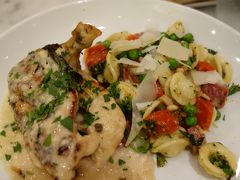
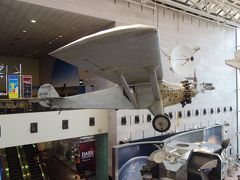


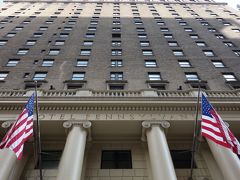



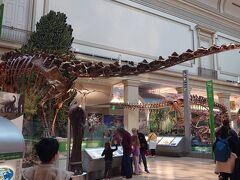

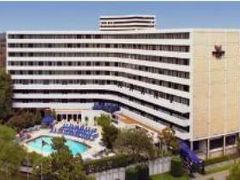







0
33